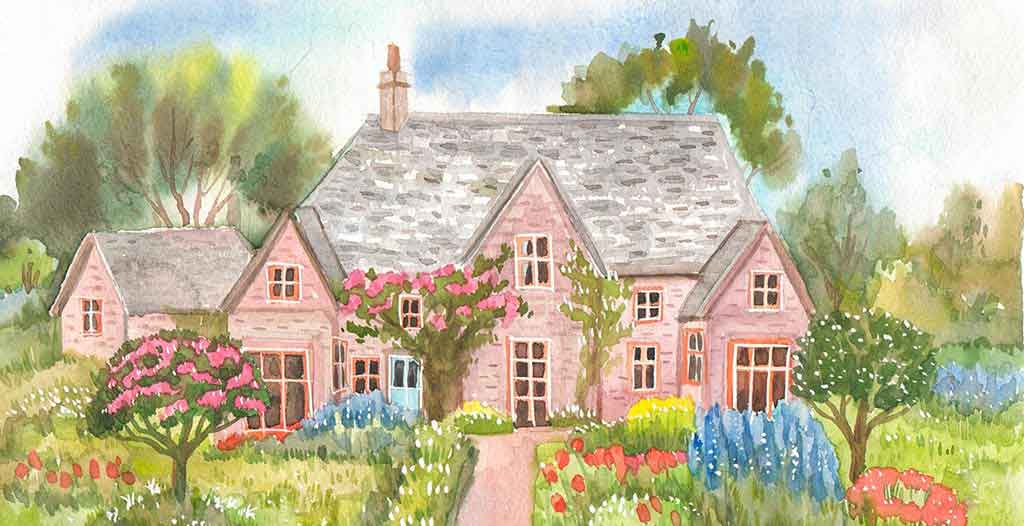Nature at Heart

Sometimes, while playing in the yard, one of my boys would bring me a flower from the garden. I'd look closely to blow away any bugs and then tuck it behind my ear. At that time we lived in a home that had a beautiful flower ground cover surrounding the swing set. We would look down from the treehouse at the lavender sea and pretend we were pirates. Precious memories as my children developed a love of nature and the environment. Involving kids in nature and gardening engages all their senses to bring many benefits. Children learn cause and effect, science, environmental stewardship, and develop motor skills and self-confidence. Today’s post comes to us from Ruth Denys, from the Nature at Heart School in Bridgewater, NJ. Their mission is to "create opportunities to play, collaborate, wonder and persist through problem solving within our natural world.” Find out more, and register for classes at https://natureatheartschool.com/.
The summer weather brings 90° humid weather and cloudless skies. Days like today encourage us to take it slow. “Let’s go into the woods!” shouts one of our nature seekers. We escape the heat and find reprieve in the shaded forest. The kids side-step down the rocky trail. By slowing down they begin to notice the little details all around them: shades of green, bark textures on trees, the sweet onion grass, and the tiniest little red ant on a mossy log. They take out their magnifying glasses to get an even closer look. Small hands flip to a blank page in their log and begin to draw the ant’s journey in their nature journals.
We continue our walk along the trail with our journals in hand, and soak in all of the surrounding beauty. Suddenly a child calls, “Come here, come here!” What did we miss? We look up through the filtered sunlight, patches of the beautiful sky peeking through and we notice a flitting color-momentary movement in the calm of the forest. Someone exclaims, “A butterfly!” All eyes turn to watch the dancing insect as it flits searching for more flowers.
Seizing the moment, we ask the children, “Why do you think the butterfly is going from flower to flower?” We discuss that butterflies eat nectar from the flowers and also spread pollen from flower to flower. By doing this, the plants get pollinated and are able to make seeds from their flowers. Once again, small hands flip to a blank page in their nature journals and begin to draw curved lines for the flower shape and for butterfly wings.
The butterfly’s swift movement mesmerizes us and fills us with the impulse to move our bodies in the same way. The group makes its way out of the woods, gathering colorful pieces of nature along the way. Later we will use these natural materials when we construct cardboard butterfly wings. Children's learning is reinforced by drawing and journaling about their experiences, but also by continuing to play and act out what they’ve observed.

Colorful Cardboard Butterfly Wings:
- Find a large piece of cardboard
- Draw a butterfly wing shape with pencil or marker
- Use scissors or exacto knife (adult help and supervision) to cut out the wing shape
- Poke 2 holes in top of wings to place string through
- Place strips of double-sided tape onto the cardboard wings
- Press collected nature items onto double-sided tape in a pattern/design
- Proudly wear the cardboard wings as you fly around from flower to flower
P.S. Observing butterflies is one of many ways to engage your child in nature and gardening. You might have your child help you water, deadhead, design a rainbow themed garden, harvest veggies with a basket you’ve decorated, and so much more!


Great article!!
Thanks, Marcy! It's a great school.
Such a cute idea!
Thanks! I love the butterfly wings and the idea of children sketching their observations like naturalists. I'd be interested if you shared any activities you've tried.